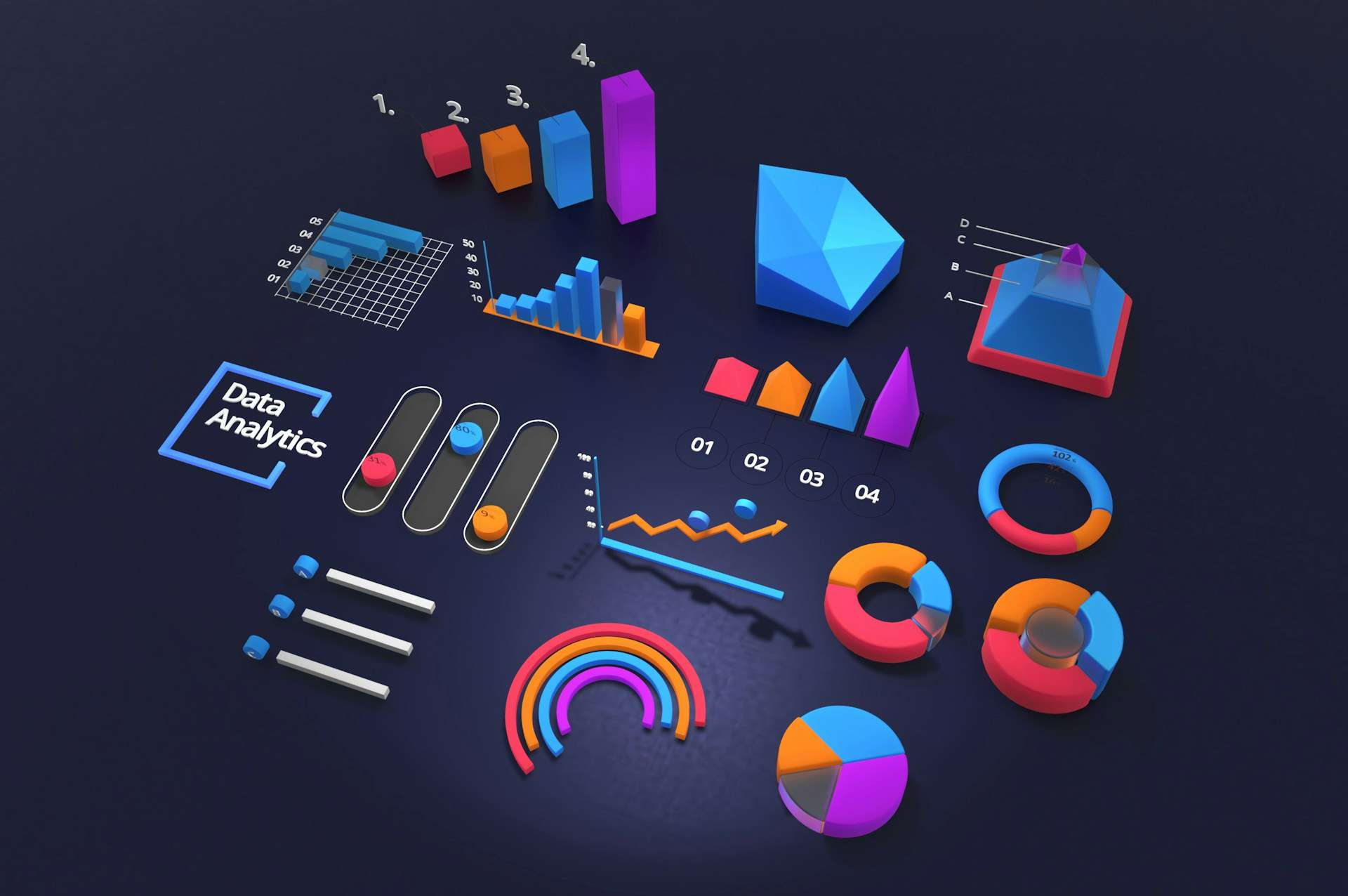Dynamic Pricing in Insurance Using AI and Predictive Analytics

In the first quarter of 2024, GEICO made a strong comeback, boosting its underwriting earnings from $703 million in Q1 2023 to an impressive $1.928 billion. This improved financial performance was driven by a Data Analytics Revolution that played a key role in GEICO’s recovery. GEICO's operational strategies, including advanced data analytics for better risk assessment, claims processing, and optimized resource allocation, have been pivotal in setting it apart in a competitive landscape, earning praise from industry experts and analysts alike.
This use case exemplifies why Insurance companies in America are now increasingly exploring the idea of balancing substantial marketing investments with enhanced AI dynamic insurance pricing models. This strategic shift is driven by the need to optimize its competitive edge in the market.
Insurance Pricing Models Yesterday vs Today
The traditional foundations of insurance pricing models have been rooted in actuarial pricing models. However, the landscape is rapidly evolving, thanks to the advent of dynamic pricing AI technology. This disruptive technology is reshaping the way insurance pricing is approached. Instead of relying solely on historical data and statistical models, dynamic pricing AI models harness the power of real-time information and sophisticated algorithms to revolutionize the pricing process.
By harnessing vast volumes of data, insurers can now gain deeper insights into risk factors, customer behaviors, and market trends. Dynamic pricing AI algorithms leverage this wealth of information to create predictive models that go beyond traditional actuarial methods. This newfound ability to tap into real-time data sources allows for more accurate and responsive pricing, aligning premiums with the current risk landscape.

Also Read: AI for Insurance - Everything You Need to Know
The traditional method of premium pricing vs AI Dynamic Pricing Models
Traditionally, insurance premiums are set using a cost-plus model. The cost-plus model is an actuarial pricing model that assesses the risk premium and adds on a percentage to cover direct and indirect costs including a small profit margin.
In property and casualty insurance, particularly in the auto and home insurance sector, this actuarial pricing model is still common. However, times are changing and traditional pricing has many drawbacks that make it a hurdle towards future-readiness.
Also read: 5 Myths of Insurance Technology Modernization That Could Trip You Up
The challenges that traditional actuarial pricing models are facing :
-
Price and feature comparison websites: There is no bigger threat to existing pricing models than websites that are aiding customers to compare policies by price, value, and benefits. It is no surprise then that consumers choose the lowest offer. In fact, the drill-down benefits offered by these sites make evaluating hundreds of insurance products a piece of cake. This is because these websites are using disruptive technologies like AI to provide answers in a matter of seconds.
-
Consumers demanding personalization: Customers are open to new pricing models based on personalization. The IBM Institute for Business Value (IBV) in their study, revealed that customers are more responsive to tailor-made products. The problem here is that the traditional pricing models were built for groups and not for individuals. Making this change will require not only a change in processes but also the implementation of advanced technologies and the breaking down of data silos.
-
New insurance entrants: These digitally powered insurance start-ups have no legacy issues to deal with. They come offering products that are built with advanced technology. Their dynamic pricing insurance models is an inherent part of their offering and is grabbing the attention of Gen Z and many millennials as well. Gen Z will one day be the biggest slice in the customer pie. The right time to grab their attention is now.
Disruptive technologies like AI Dynamic pricing insurance models are creating cheaper policies for low-risk customers. High-risk policyholders have a different premium model that is again divided based on various factors and user behaviors. For instance, infrequent drivers will pay lower auto insurance, while those driving more frequently on highways will pay a higher premium. Within the latter group, premiums can again differ based on their driving behavior(e.g., how often drivers shift lanes) and speed limits adhered to. These are only a few potential factors, there are actually hundreds of signals that can go into dynamic pricing.
If insurance carriers continue to use a limited set of risk differentiators, they will find that the majority of their clients will fall into the riskier and hence less profitable group. The younger group of digitally advanced clientele would have moved to carriers who dovetail their policy plans with smart pricing that is designed for rapid deployment.
Also read: 6 Ways Machine Learning and AI are Transforming the Insurance Industry
The 3 steps towards implementing AI in insurance pricing
AI has been shown to bring the offering price closer to a client’s willingness to pay, generally leading to premium increases of 2 percent to 3 percent. Source: IBM
Many insurers are experimenting with AI models to define premiums. Auto insurers are leading this transformation and using IoT technology to develop innovative plans. Root in the United States is collecting data on user behavior to lower or increase premiums over time. The British insurer, ByMiles, offers its policyholders a premium based on miles used, where infrequent drivers pay a lower premium. Back again to the United States, Lemonade and Hippo in the home insurance space, use machine learning to provide policy rates online in just 60 seconds. Their claims process is also fully online.
3 Steps insurers need to factor in when implementing an automated insurance pricing model
-
Investment in a data infrastructure that has the ability to integrate internal data and external data sources. The effectiveness of AI is dependent on it being able to harness all relevant data. Data sources could be from automation platforms, CRMs, content management platforms, financial data and more. All data will need to be cleansed and only then will predictions based on these large data sets be accurate. There must also be a year on year evaluation of new data sources to continuously add on new features to dynamic pricing insurance models.
When it comes to data privacy, you can easily set up automated routines to spot and strip out personal identifiable information (PII) when it’s not needed. This ensures that sensitive data stays put in a secure environment, keeping everything locked down and protected.
-
Once the data infrastructure is in place, the next phase is investing in self-learning algorithms. Finding the right AI-based pricing models depends on preset objectives. Insurance pricing models can range from simple matrix models to complex simulation-based models.
-
Every quote will generate important data points, even if the quote does not conclude positively. These data points must be fed back into the algorithms so that self-learning models increase accuracy over time.
When it comes to data privacy, you can easily set up automated routines to spot and strip out personal identifiable information (PII) when it’s not needed. This ensures that sensitive data stays put in a secure environment, keeping everything locked down and protected.
Finally, AI implementation will require evaluating experienced technology partners. Big data, the Internet of Things, and predictive analytical tools are providing the capability of usage-based pricing. Tesla might be the first big tech company venturing into insurance, it certainly won’t be the last. Amazon has entered into a partnership with Marsh Insurance to provide small businesses with more affordable product liability coverage. To keep ahead, insurers must increase usage of predictive algorithms to optimize products, find new markets, and finally showcase the right insurance products to the relevant customers.
Topics: A.I. in Insurance






.jpg)


